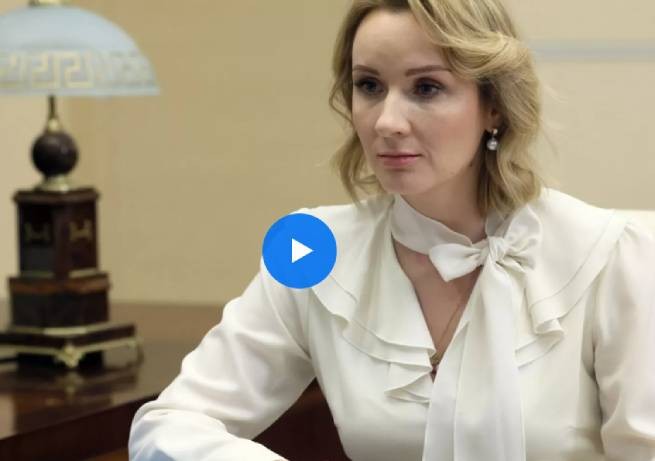Math skills are the foundation of all math and come in very handy. Counting is a basic skill that all children must have before going to school. In fact, it is quite difficult for most children to learn numbers, their order, and count without any outside help.
From infancy, children develop a base of skills, concepts, and ideas about numbers and mathematics. What mathematical knowledge should a child have in first grade? The mathematics curriculum includes:
Ability to count to 20 and back; Call numbers within 20; Learn to correlate numbers and numbers; Pronunciation of numbers in their correct order; Determination of paired and unpaired numbers.
Building counting skills at home
Now that you know some of the basic math skills and concepts a preschooler should have, you can reinforce and develop those skills. There are many ways you and your child can play with numbers and count throughout the day. Here are some ideas to get you started:
Show your child how numbers and counting are used in everyday life. Use number words, point to numbers, and involve your child in counting throughout the day. For example, ask for help you measure out the ingredients for a recipe by measuring and counting the number of cups or spoons. Most importantly, don’t forget to compliment his efforts and achievements in mathematics:
Gather a variety of materials your child can use to practice counting. Old keys, plastic bottle caps and buttons work efficiently. Take a suitable container for parts and count them over and over again (for extra fun, offer to guess the total number of items);
Use objects from home to experiment with addition, subtraction, or more and less;
Read, tell stories, poems, sing songs that have numbers and counts. Try reading books where characters come and go as the plot unfolds; Play simple board games, count the places on the board, objects used in the game, learn to recognize printed numbers (for example, “dots on cubes”).
Here are some of the steps your child goes through in learning counting from the age of 3 to 5:
1) Recognition of the number of objects in a small set without counting. Therefore, if you show a child four apples, he does not have to count them to tell you that there are four.
2) Know the “numbers” from one to ten.
3) Know the sequence, no matter what number it starts with. Therefore, if you say “start counting at four”, the child should count “four, five”, not starting at “one”.
4) Counting invisible objects – your child will understand that he can count things that he cannot touch or even see – for example, sounds, family members or even ideas.
5) Cardinality is the knowledge that the last counted number is equal to the set count. If your child counts six oranges 1,2,3,4,5,6 and then you ask “how many oranges are there” and they count them again, then he has not caught the “cardinality”.
Preschool numeracy skills
There are many opportunities for learning and practicing numeracy in the preschool class. Be sure to talk with your child’s teacher about structured learning activities to develop skills in this area. To track your child’s progress in basic math skills, you need to:
Ask the teacher about the child’s progress or difficulties; Learn about math skills to ensure a smooth start to the school year; Look at the work your child brings home from kindergarten. Discuss topics with numbers together; Encourage your child to talk about whether they find numbers and counting interesting (or difficult).
Counting is the basis for further study of mathematics. To develop a solid understanding of quantity, and ultimately how to manipulate quantities (for example, addition, subtraction, or division – what we call operations), children need to know how to count, it must become almost automatic. If you want your child to learn how to count and memorize numbers easily, try also Soroban technique… This technique works successfully, because it simultaneously develops the left and right hemispheres of the brain, is suitable for children from 5-11 years old.






More Stories
What kind of diabetes care is required?
Objectives and features of the OSMS
Learning English on an individual program